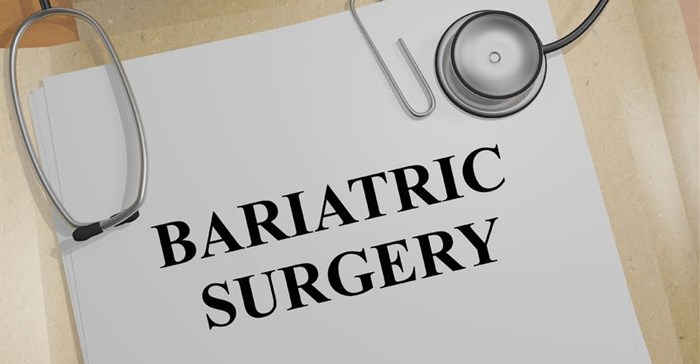Let's talk fat - a plastic surgeon's take

This is leading to a significant rise in health-related problems and the cost of healthcare in the long and short run. Diseases mostly associated with severe obesity are cardiovascular problems, diabetes, arthritis, and obstructive sleep apnoea.
Treatment options
Classifications of obesity, based on body mass index (BMI), range from severe, morbid to super obese. For many people on the upper end of the scale, this condition has become a vicious circle. Excessive body weight has a detrimental effect on joints, making physical activity difficult, and therefore making it harder to lose that unwanted fat.
Obesity treatment is difficult, and long-term success rates are low. The main treatments are physical exercise and dieting, but only patients that can sustain a radical lifestyle change will have consistent results. This doesn't curb people seeking a quick fix through the hundreds of diets, exercise programmes and secret weight loss formulas that sprout like mushrooms after a heavy rainfall. Many promising weight loss in just a few weeks or months.
Surgical procedures have become popular alternative for weight loss, particularly bariatric surgery, which reduces the size of the stomach to reduce the calorie intake. This technique offers the most effective treatment with the best long-term results. It has been shown in recently published long-term studies that bariatric surgery can help fight diabetes and prevent heart disease and other obesity-related diseases. It also decreases morbidity and mortality in massively overweight patients.
Depending on age, skin elasticity and physical activity some of the skin excess can improve spontaneously within a few months.But an increasing numbers of patients are now seeking plastic surgery after significant weight loss, because this excess skin causes cosmetic and functional problems.
This has led to a new field within plastic surgery: bariatric plastic surgery, or body contouring surgery, after massive weight loss. We have seen a sudden increase in specialist workshops on body contouring, books and book chapters on this topic and a huge array of new surgery techniques that were developed by plastic surgeons to deal with this problem.
Excess skin removal
Generally, surgical trends are moving to smaller, less invasive or keyhole type procedures. Yet when dealing with excess skin removal on tummies, backs, buttocks, breasts, legs, arms, and even in the neck and face, patients seem to be less concerned about the scars, and are prepared to live with them to achieve a good overall cosmetic result.
Certainly, it is not only the goal of these techniques to improve body shape but also to place the scars in more acceptable and less visible areas if possible. Some procedures remove skin all around the torso lifting the thighs, buttocks, tummies and back all in one go, leaving circumferential scars. Modern procedures in body contouring bariatric plastic surgery often combine skin excision, skin lifting and suspension with liposuction and then taking some of the removed fat and putting it back into certain areas like the buttocks or breasts. There are new inventive ways and techniques designed to improve almost each and every body area.
The good news is that plastic surgery can offer a solution to patients that have lost significant amounts of weight and are left with excess skin. However, we should not stop emphasising the need to rather address the root cause of the obesity in the patient and treat that accordingly.
















